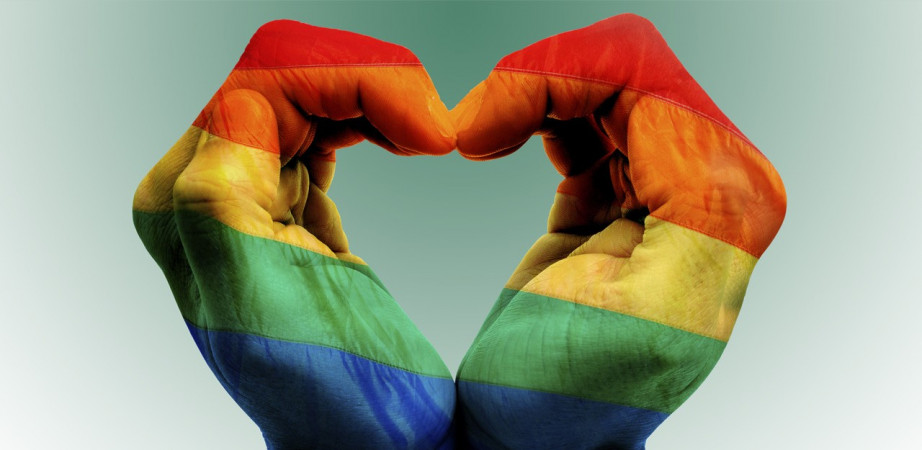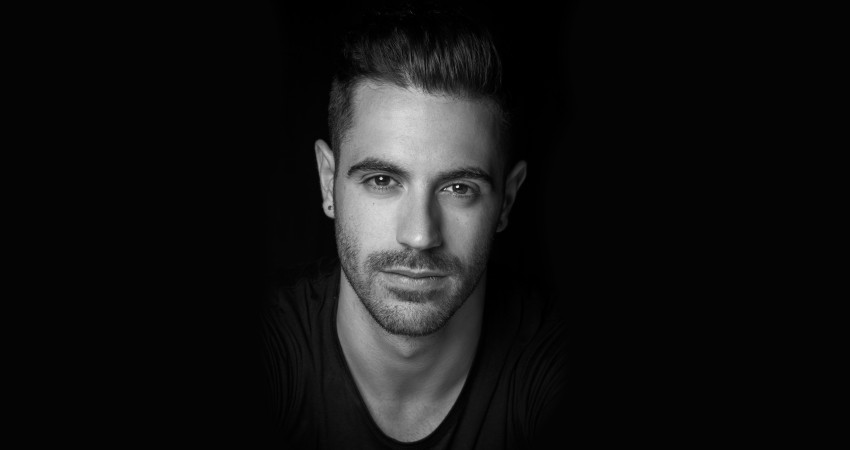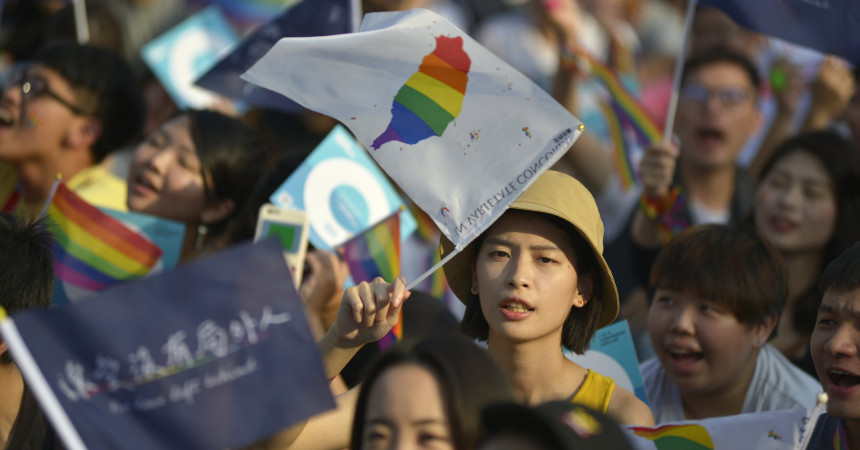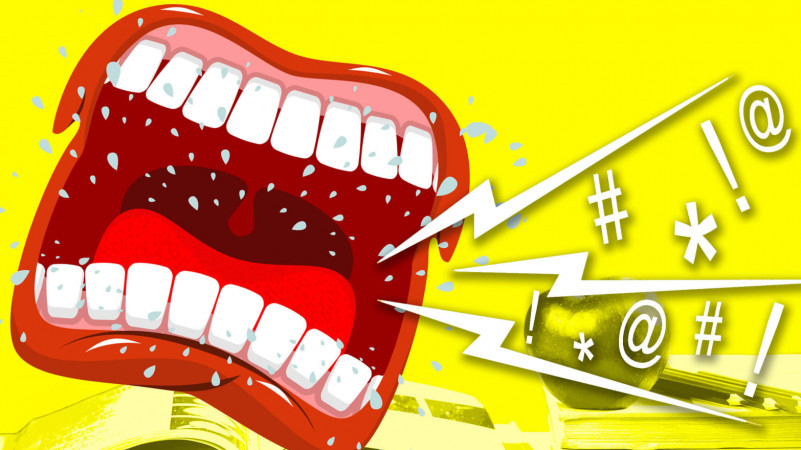Probable judgements in the case "A and 24 others against Azerbaijan"
Nafas LGBTI: Probable judgements in the case "A and 24 others against Azerbaijan"
25/Dec/21
3747
Nafas LGBTI: Probable judgements in the case "A and 24 others against Azerbaijan"
Nafas LGBTI Azerbaijan Alliance presents a discussion on the events of September 2017 and the case "A and 24 others against Azerbaijan" in the ECHR court.
Nafas LGBTI Azerbaijan Alliance has been advocating for the protection of LGBTI+ rights and social inclusion in Azerbaijan since 2012. Nafas is an LGBTI+ human rights organisation that works with and for the community and sustains its activities in the country.
In 2017, police in Azerbaijan have conducted a violent campaign, arresting and torturing men presumed to be gay or bisexual, as well as trans* women. The campaign is known amongst the community as “LGBTI+ hunt”, as it was the first ever largest hunt of its kind carried out by officials in recent years.
In mid-September of 2017 the police have detained dozens of LGBTI+s on dubious charges, beating and using electric shocks on some of them to coerce bribes and information about other gay men and trans* women. “Government officials have not denied the crackdown, and have instead attempted to justify it on spurious morality and public health grounds,” Human Rights Watch says.
ECHR Jurisprudence
The Court’s general approach is that the treatment must reach a “minimum level of severity,” and the assessment of that level is relative. That relative takes into account all circumstances of the case (e.g., “duration of the treatment, its physical or mental effects and, in some cases, victim’s sex, age and state of health”), including whether the victim is in a vulnerable situation, the context and the manner, and underlying intention of the motivation behind the inflicted treatment.
At the outset, being deprived of liberty, thus, being in custody conditions the vulnerability in se. In Aydin v. Turkey, when defining the rape of a detainee by the State actor as “an especially grave and abhorrent form of ill-treatment [torture],” the Court referred to deprivation of liberty as an environment in which “the given the ease with which the offender can exploit the vulnerability and weakened resistance” of the detainee.
Furthermore, the treatment will inevitably constitute a violation under Article 3 when it results in the detainee’s humiliation, demonstrating a lack of respect for her or his dignity, or causing feelings of fear, anguish or inferiority capable of breaking the moral and physical resistance. Concerning “whether or not the forced shaving off of a prisoner’s hair may constitute degrading treatment,” the Court has held that such treatment has a “sufficient severity to be characterized as degrading” when unjustified. A particular characteristic of it is that the physical appearance of the person is forcefully changed. As it is immediately visible to others inter alia when released or exposed to the public soon thereafter, forced shaving off may have the effect of “diminishing human dignity or may arouse feelings of inferiority.” The Court considers that forced shaving off without specific justification, even when the debasing intention is absent, such treatment in itself contains an arbitrary element and is “therefore likely to appear in his eyes to be aimed at debasing and/or subduing” the victim.
Concerning the procedural limb of Article 3, when the person claims to be a victim of ill-treatment inflicted by the police or other State actors, the general principle requires “a thorough and effective investigation” capable of identifying and punishing those responsible. The Court particularly regards factors that might aggravate the vulnerability and reveal the discriminatory elements, thus meeting the threshold under Article 3. Because, as the Court articulates, “treating violence and brutality arising from discriminatory attitudes on an equal footing with violence occurring in cases that have no such overtones would be turning a blind eye to the specific nature of acts that are particularly destructive of fundamental rights.”
Regarding standards of judicial guarantees and protection, the Court takes a similar approach to her Inter-American counterpart. If read Article 3 in conjunction with Article 14, State authorities must take all reasonable steps available to investigate discriminatory elements inter alia collecting and securing the evidence, exploring “all practical means of discovering the truth,” and delivering “fully reasoned, impartial and objective decisions, without omitting suspicious facts that may be indicative of violence induced by, for instance, racial or religious intolerance, or violence motivated by gender-based discrimination to unmask possible discriminatory motives.”
Discussion of the present case and conclusion
In light of the preceding discussions, the treatment impugned on the applicants was grounded upon the stereotyping and their association with the LGBT community. For instance, homophobic and transphobic comments made by the POs in the course of the detention indicate the discriminatory element behind the conduct. As can be suspected, the purpose and nature of the act were to humiliate and debase the applicants and punish them for their association with the LGBT community.
Furthermore, as part of the transitioning process, having long hair may carry an intimate meaning for transwomen as a matter of physical appearance and bodily integrity. In this conjunction, forcibly shaving off the hair was an arbitrary attack on their identity and integrity. Notably, the phrase used by the PO while executing the conduct [shaving off] also reveals the transphobic motivation behind the behavior, that is, the conduct was directed to applicants’ identity. Relying on Court’s jurisprudence, it can be said that the applicants were humiliated in their own eyes, even if not in the eyes of the POs who ordered the act or in the eyes of the other detainee who was forced to shave off the applicants’ hair. Additionally, as the Court also emphasized in its case-law, shaving off the hair is also a visible physical mark that aggravates the conduct’s severity. It should not be surprising why the applicants looked miserable and sad when brought to hearings. Very likely, they felt hurt in their dignity when exposed to the public soon thereafter while carrying that visible physical mark inflicted on them by POs.
Besides the substantial aspect, there was also a violation in the context of procedural aspects of Article 3. The AC dismissed the motion requesting the investigation into the applicants’ allegations of ill-treatment by the POs’ and did so without presenting an explanation. In light of the general principles and State’s obligations discussed in this paper together with Court’s case-law, given the international and domestic resonance at the material time, there was also a pressing need for conducting a meaningful inquiry into the possibility whether that discrimination had been the motivating factor behind the POs’ conduct. However, the Appeal Court failed in doing it.
It is reasonable to conclude that the treatment impugned on applicants by POs reaches the requisite level of severity. Interrelatedly, homophobic and/or transphobic hatred was a causal factor in the PO’s use of force, thus aggravating the level of suffering. Furthermore, besides failing to conduct a thorough and effective investigation, stereotypical comments made by judges are sufficient enough to suspect the discriminatory motives in the unwillingness to accept the motion requesting the investigation into the allegations of the applicants. Given these points, by taking into account applicants’ identity as a factor behind the POs conduct and judges’ refusal, Court should establish that in A and 24 Others against Azerbaijan, there has been a violation of Article 3 under its procedural limb taken in conjunction with Article 14, and a violation of Article 3 under its substantive limb taken in conjunction with Article 14 of the Convention.
Powered by Froala Editor



